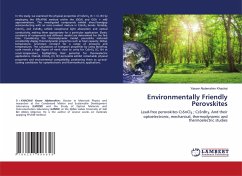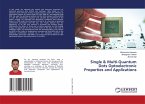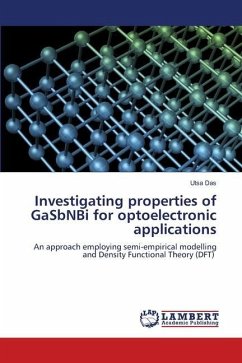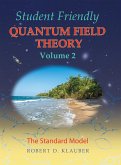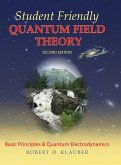In this study, we examined the physical properties of CsSnX3 (X = Cl, Br) by employing the (FPLAPW) method within the (GGA) and GGA + mBJ approximations. The investigated compounds exhibit direct bandgap semiconducting with an ionic-covalent mixture in CsSnX3 bonds. Notably, CsSnCl3 and CsSnBr3 exhibit exceptional light absorption and optical conductivity, making them appropriate for a particular application. Elastic constants of compounds and different moduli are determined for the first time. Considering the thermodynamic model, perovskite materials consistently display thermodynamic properties such as heat capacity, Debye temperature, Grüneisen constant for a range of pressures and temperatures. The calculations of transport properties by using BoltzTrap code reveals a high figure of merit close to unity for CsSnX3 (Cl, Br) at room temperature, highlighting their potential for thermoelectric applications. Overall, CsSnX3 (Cl, Br) perovskite exhibit remarkable physical properties and environmental compatibility, positioning them as up-and-coming candidates for optoelectronic and thermoelectric applications.
Bitte wählen Sie Ihr Anliegen aus.
Rechnungen
Retourenschein anfordern
Bestellstatus
Storno

